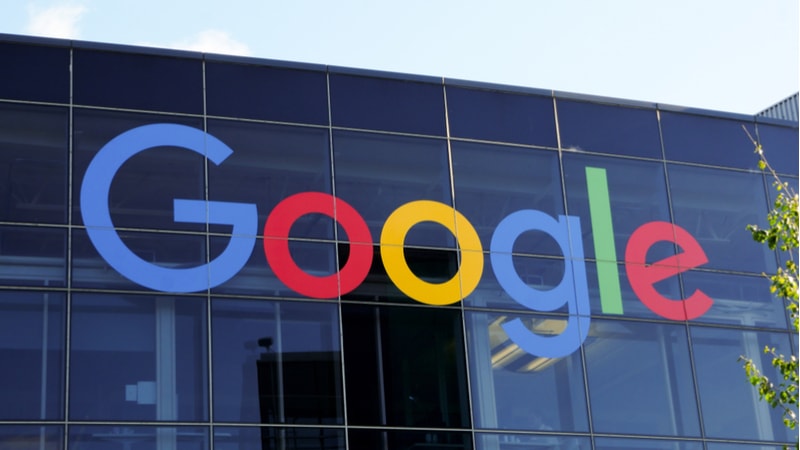
Google Public Sector is helping government organizations across the country to accelerate technology innovation and mission impact through solutions including Google Cloud and Google Workspace, top company executives said today.
At the Google Government Summit in Washington, D.C., on Nov. 15, Thomas Kurian, CEO of Google Cloud, explained that his company has built its work for the government over the last four years, expanding the breadth of its products “focused as solutions to the government.”
“We significantly ramped up our compliance certifications to serve the government more fully, and we culminated that by launching Google Public Sector – actually the only division that Google has in the whole company dedicated to a single industry,” Kurian said. “It gives you a sense of how we at Google are taking our commitment to the public sector. We’re here to help you solve complex challenges,” the CEO said.
U.S. Army Impact
One example of Google’s impact on government is its work with the U.S. Army. Karen Dahut, CEO of Google Public Sector, announced that Google Workspace – a collection of secure collaboration and productivity apps – is being provisioned for 250,000 U.S. Army members – with 160,000 users already up and running in the first two weeks.
“Soldiers and civilians often need to work across the globe and collaborate across remote regions, challenging environments, and locations,” Dahut said. “Google Workspace was designed with this in mind and can be deployed quickly across a diverse set of working conditions, locations, jobs, and skill levels.”
Army Chief Information Officer (CIO) Raj Iyer said that his agency turned to Google Workspace because it was able to implement the solution rapidly, and noted that just two weeks later it has seen “tremendous” success.
“Every new soldier that’s coming into the Army today now is provisioned automatically with a Gmail, a Google Workspace account,” Iyer said. “And we’ve seen some tremendous anecdotes and positive feedback from soldiers through the process. So, we’re going to continue to grow this user base up to 250,000 users by the end of next year, and we’re continuing to look for other opportunities to scale and grow from the base that we’ve established.”
USPS Impact
For the United States Postal Service (USPS), CIO and Executive Vice President Pritha Mehra said Google Cloud has enabled her agency to scale innovative tech solutions.
For example, Mehra said USPS is migrating its Informed Delivery platform to Google Cloud. The free Informed Delivery service provides subscribers with a daily digital preview of what’s coming to their mailbox that day via email and mobile app. It includes images of mail piece exteriors and package status notifications.
“We have over 52 million subscribers, over 300 million mail images a day, so we’re now migrating this to Google Cloud,” Mehra explained. “We’re using Cloud Storage to store mailpiece images, we’re using Google’s Dataflow to integrate multiple data streams of building the emails, we’re using Pub/Sub to pass the data between the services. We’re using Cloud Run to pick up the emails, and BigQuery for analytics reporting – it’s pretty sophisticated.”
She also said the agency is migrating its package tracking service to the Cloud as well, and it is utilizing Google’s Dialogflow – a natural language understanding platform – for virtual agents that provide real-time support and schedule passport appointments.
“People can now get virtual answers from ‘Can I schedule an appointment?’ to ‘Where’s my package?’ It’s pretty cool,” Mehra said.
“We are now a new modernized, highly transformed United States Postal Service,” she added. “We have a really cool set of new products called USPS Connect for businesses of all sizes and shapes, and if you don’t use us, you are truly missing out.”
New York State Impact
Finally, Rajiv Rao, New York State’s chief technology officer (CTO) and deputy CIO, shared how Google came to his state’s aid during the COVID-19 pandemic – a time when it was considered “ground zero” in the public health crisis.
From helping to roll out a COVID-19 vaccination website to assisting in the technical side of paying unemployment insurance (UI) benefits, Rao said Google was there every step of the way.
“In stepped our friends from Google, and we in about 12 hours built a whole new front end, put it out there, and started to take [UI] applications coming in,” the CTO said.
“We knew we were not going to survive the day without help from our partner, so we made a few phone calls. And I mean, our Google folks… they jumped on it right away and helped us bring the best of breed,” he added.
